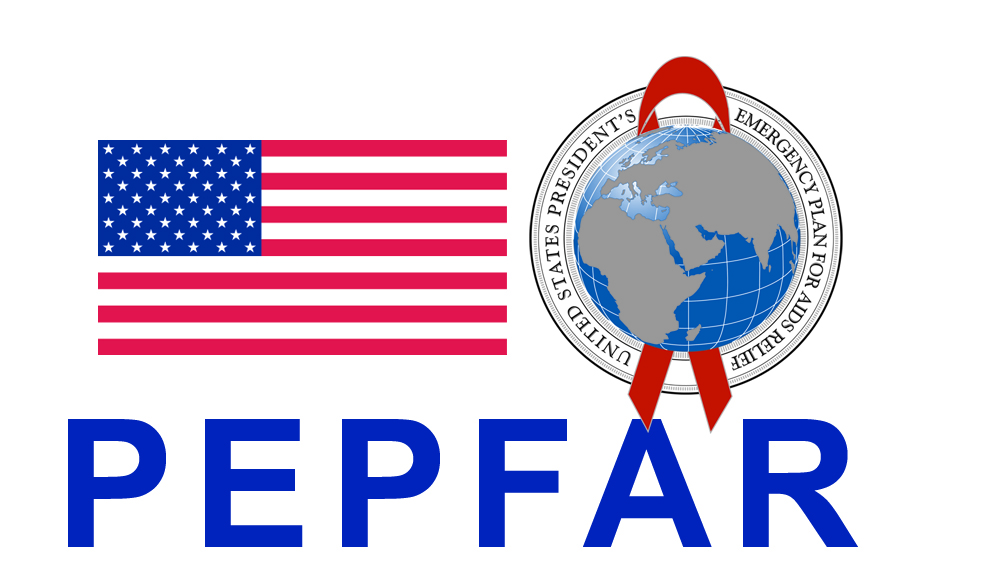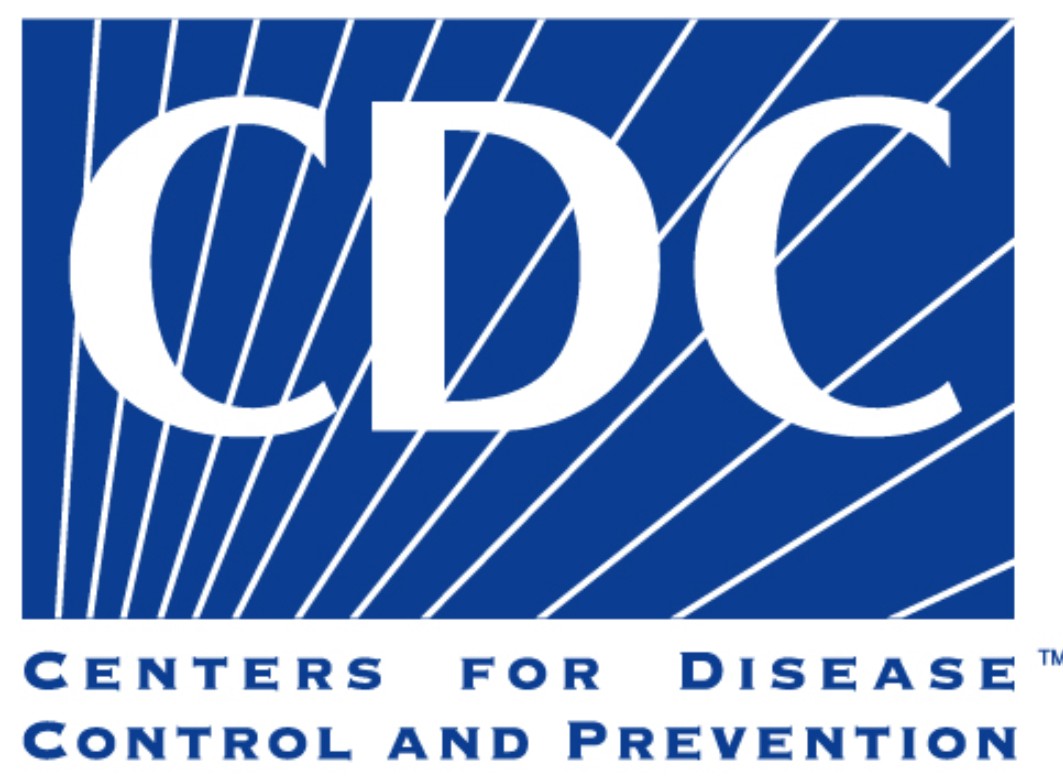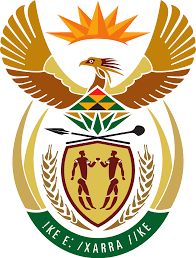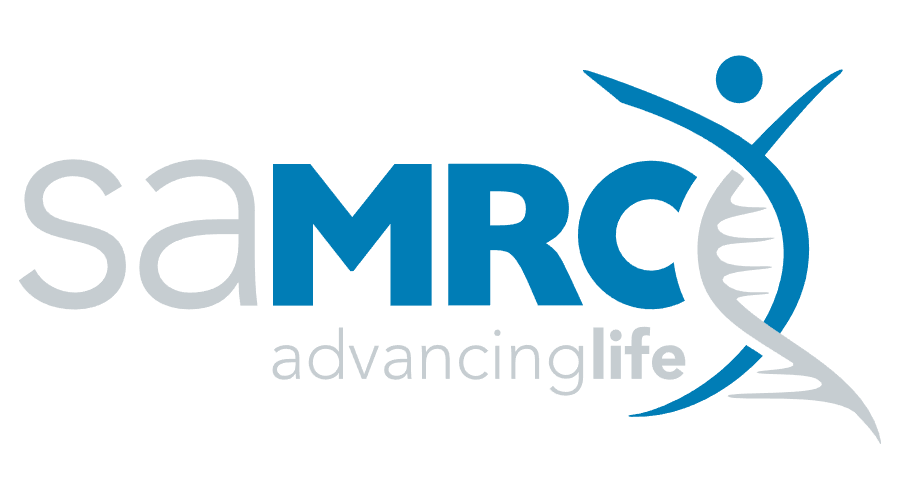
About this course
Correct cause of death data are important
What the medical doctor writes as the cause of death on the death certificate is as important to public health as what a doctor writes in a patient’s medical record is to patient care.
Causes of death are analysed to detect trends in overall mortality. Accurate mortality statistics are essential in:
- determining relevant public health and social policy,
- planning and the allocation of resources for health and social care programmes, and
- in monitoring the progress and impact of these interventions.
There is considerable misattribution of causes of death. This is resulting in approximately 80% underreporting of deaths due to HIV. Injury mortality statistics are also very poor and unusable.
There are high proportions of ill-defined (unspecified) natural causes – and conditions that are not valid underlying causes of death – in the national vital registration data. This is because the incorrect cause of death information was reported on the death notification form.
Good quality and reliable mortality data are vital in guiding public health decisions.
Who should take this course?
This is a free online course for doctors, especially those who routinely have to complete a medical certificate of cause of death.
Duration of the course
This course has been designed to be flexible, it can be done in your own time and at your own pace.
Learning outcomes
At the end of the course you should be able:
- Explain the importance of the correct certification of cause of death
- Understand your role in producing reliable cause of death statistics
- Correctly complete a death certificate
- Know when to refer to Forensic Pathology Services for a post mortem investigation.
Modules
There are four modules:
Module 1: The importance of cause of death data
Module 2: Certification of death
Module 3: Certification of death: Special cases (perinatal, maternal, injury)
Module 4: Other specific situations
Module 5: Certification of COVID-19 Deaths
Assessment
There are self-assessment exercises after each module. After completing all five modules there is a final assessment with case studies.
You can retake the assessment until you score the required pass mark of 80%.
You cannot advance to the final assessment without completing all the modules.
Receiving credit for the course
You will receive CEU/CPD credits and a certificate after successful completion of all five modules and if you have passed the final online assessment with a minimum score of 80%.
Find the best mode to suit you
The training can be used in different ways. The course can be done online, working through the content of each module making use of the narration or else reading the lesson in the narration pane beneath the slide. Alternatively, you can work through the course offline by downloading the pdf version of the course using the Modules tab. After completing each module, you should do the self-assessment for that module. Click on the Modules tab and select the Assessment option. This will direct you to register and after providing your details you will be asked to complete some simple questions. At the end of the assessment for each module you will be given feedback. You are welcome to redo the self-assessment.
Collaborators who developed this course
This course was developed by the Burden of Disease Research Unit at the South African Medical Research Council in partnership with PEPFAR, the Centers for Disease Control and Prevention (USA), the Bloomberg Health Initiative, Statistics South Africa, the National Department of Health and the Centre for Community Technologies, Nelson Mandela University.





